Walking a Tightrope: The One Feature the Final Fantasy 9 Remake Needs to Gamble On
Popular Now
 PUBG Mobile
PUBG Mobile
 Toca Boca World
Toca Boca World
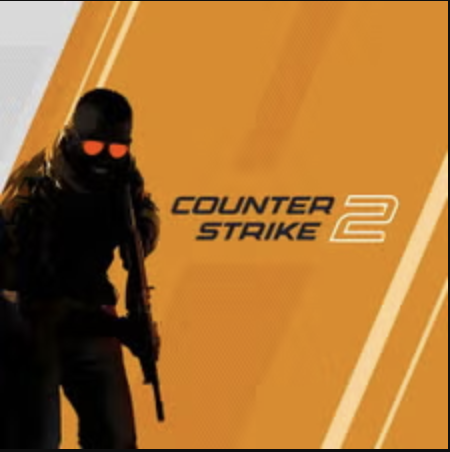 Counter-Strike 2
Counter-Strike 2
 Free Fire
Free Fire
 Valorant
Valorant
 Genshin Impact
Genshin Impact
 EA SPORT FC 25
EA SPORT FC 25
 Fall Guys
Fall Guys
 R.E.P.O
R.E.P.O
 FIFA 23
FIFA 23
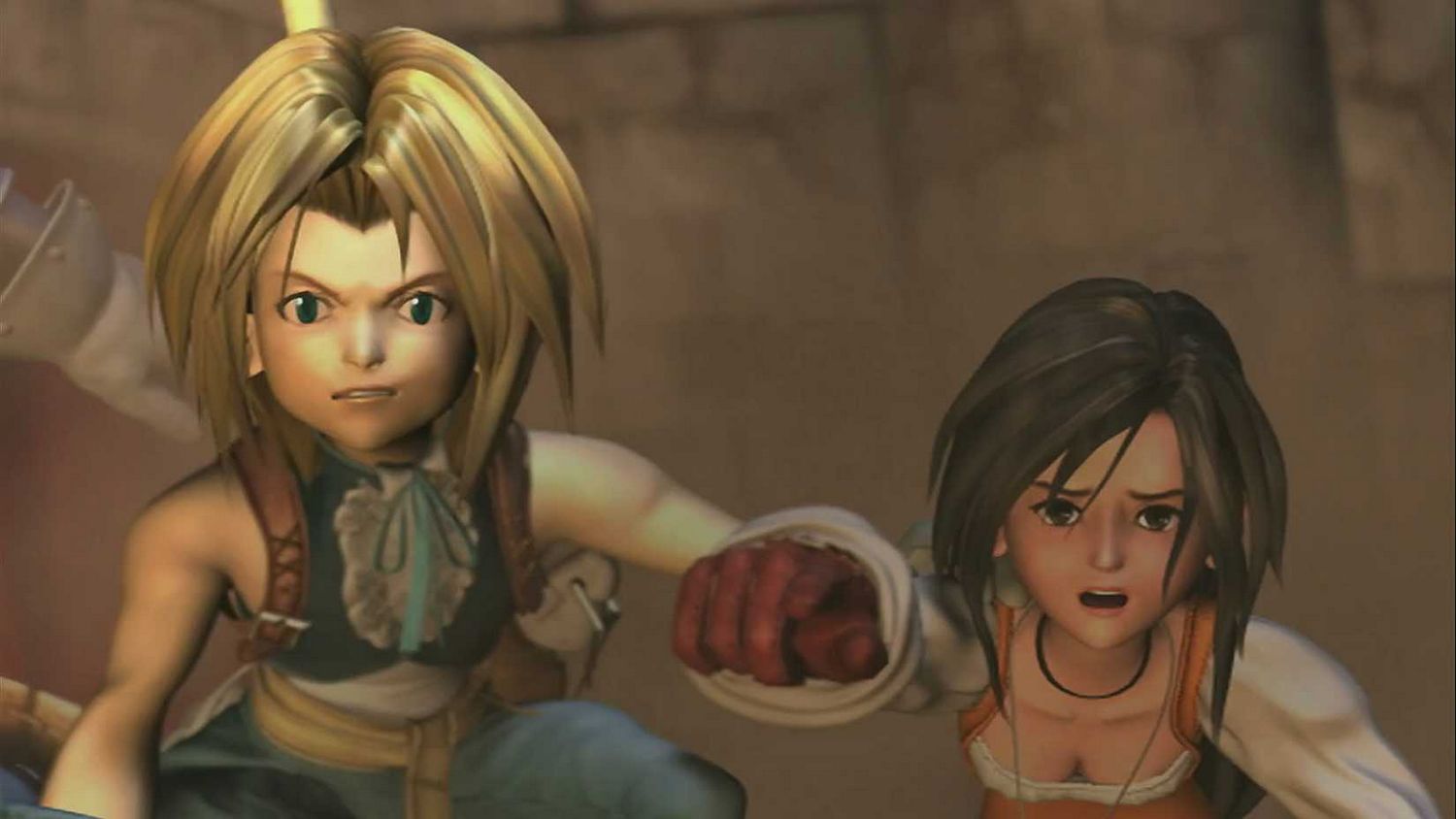
The announcement and subsequent releases of the Final Fantasy VII Remake saga have ignited a fierce and ongoing debate within the gaming community about the nature of remakes. While some have praised Square Enix for its ambitious reimagining, others have been critical of the narrative changes and the shift to a more action-oriented combat system. This context is crucial as rumors continue to swirl about a potential Final Fantasy IX remake. The beloved 2000 PlayStation classic is cherished for its whimsical, medieval setting, a return to the series’ roots after the sci-fi turns of VII and VIII. It is a game defined by its turn-based Active Time Battle (ATB) system, a system so integral to its identity that changing it would be walking on thin ice. Yet, for a modern audience, this is precisely the one feature the new game must evolve to succeed: the Trance system.
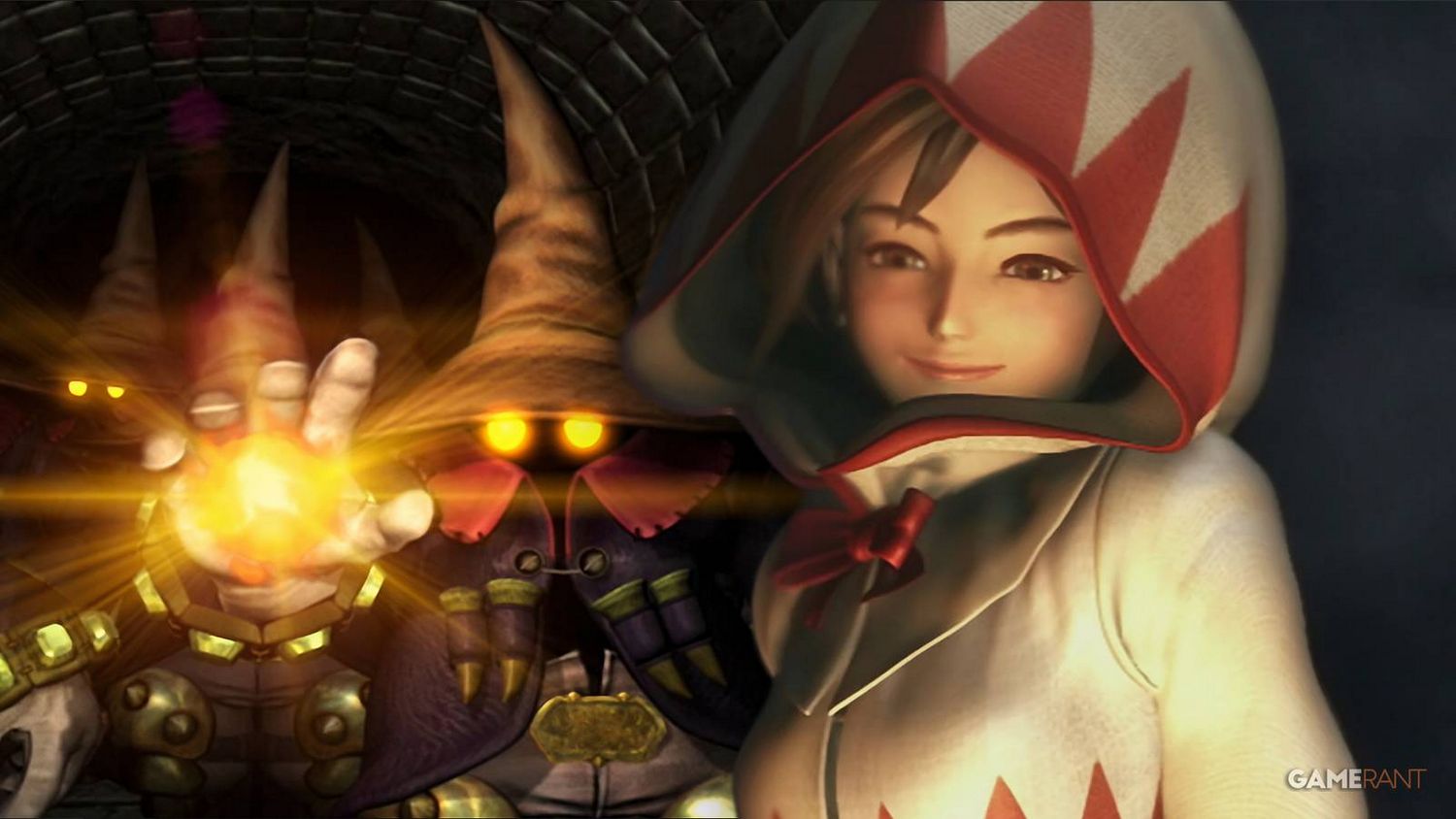 Trance, Final Fantasy IX‘s equivalent of a Limit Break, has long been a point of contention among players. Unlike the controlled, strategic nature of Limit Breaks in other titles, Trance in IX activates automatically when a character’s gauge fills, often at the most inopportune times—like during a random encounter with a weak enemy, just before a major boss battle. This lack of player agency transforms what should be a powerful, tide-turning mechanic into a frustrating and often wasted opportunity. A remake that maintains this exact system, while staying faithful in other regards, would be a critical misstep. The key to success lies in a gamble that empowers the player, giving them control over their most potent attacks.
Trance, Final Fantasy IX‘s equivalent of a Limit Break, has long been a point of contention among players. Unlike the controlled, strategic nature of Limit Breaks in other titles, Trance in IX activates automatically when a character’s gauge fills, often at the most inopportune times—like during a random encounter with a weak enemy, just before a major boss battle. This lack of player agency transforms what should be a powerful, tide-turning mechanic into a frustrating and often wasted opportunity. A remake that maintains this exact system, while staying faithful in other regards, would be a critical misstep. The key to success lies in a gamble that empowers the player, giving them control over their most potent attacks.
The Trance Problem: A Flawed Gem in a Masterpiece
The original Trance system was designed to feel like a raw, uncontrollable burst of power. When a character’s Trance gauge fills from taking damage, they enter a heightened state, unlocking a powerful, enhanced ability. For Zidane, it’s his “Dyne” commands; for Vivi, it’s the ability to cast two black magic spells at once. On paper, it’s an exciting concept. In practice, however, it led to a “Trance tax” where players would often finish a difficult fight only to have their character’s Trance activate as the final blow was struck, rendering it useless for the next, more challenging encounter. This frustration is compounded by the fact that the gauge resets after every battle, making it impossible to “save” for a boss.
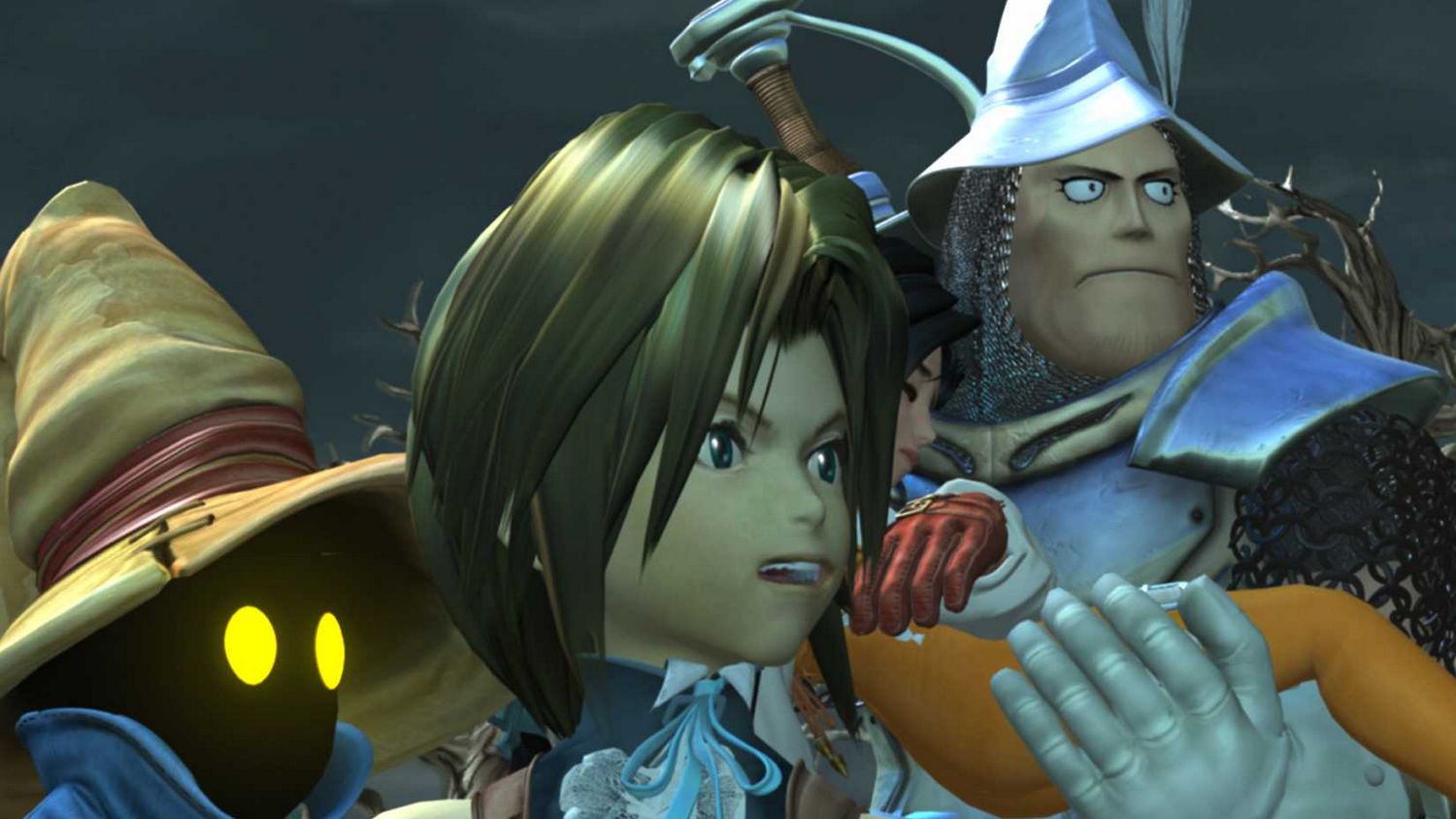 In a modern remake, this mechanic would feel archaic and counter-intuitive. Modern players expect agency and control over their characters’ abilities, especially their ultimate attacks. The game’s narrative could even support a change. Trance is a primal, emotional response, and it’s reasonable to assume that as the characters mature and learn to control their emotions, they could also learn to control this power. This is the gamble worth making: changing a core, but flawed, gameplay mechanic to better align with contemporary design principles and player expectations.
In a modern remake, this mechanic would feel archaic and counter-intuitive. Modern players expect agency and control over their characters’ abilities, especially their ultimate attacks. The game’s narrative could even support a change. Trance is a primal, emotional response, and it’s reasonable to assume that as the characters mature and learn to control their emotions, they could also learn to control this power. This is the gamble worth making: changing a core, but flawed, gameplay mechanic to better align with contemporary design principles and player expectations.
The Gamble Worth Making: A New Approach to Trance
The solution is not to scrap Trance entirely but to reimagine it with a modern sensibility. The remake should take a page from Final Fantasy VII Remake‘s playbook, which transformed the Limit Break into a deliberate, player-controlled ability. Here are some possible ways a new Trance system could work:
- Player Activation: Once the Trance gauge is full, it should not activate automatically. Instead, a prompt should appear, allowing the player to trigger it manually when they feel the time is right. This gives the player strategic control, allowing them to save their Trance for a boss’s second phase or a difficult enemy encounter.
- Trance Duration: Instead of being an unlimited state that lasts until the end of the battle, Trance could have a limited number of turns or a timed duration once activated. This maintains the “burst of power” feel without making the character feel overpowered for an entire fight.
- Gauge Persistence: The Trance gauge should not reset after every battle. While a full gauge could be depleted, a partially filled gauge should carry over, encouraging players to experiment with using their abilities more frequently.
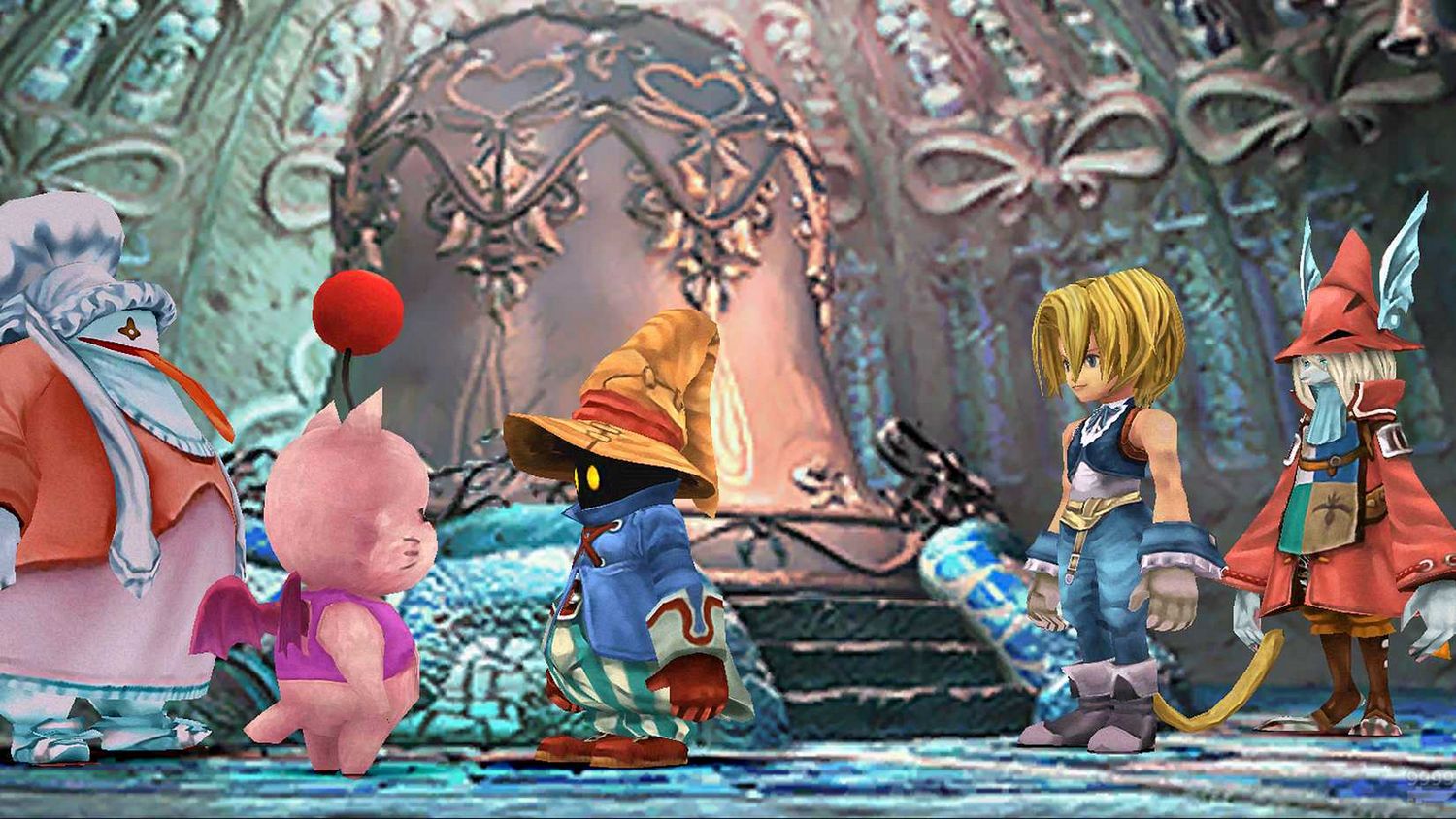 This change would not only fix a long-standing criticism of the original game but would also elevate the entire combat experience. It would allow players to engage more strategically with the game’s challenging battles, turning what was once a random and frustrating event into a powerful tool in their arsenal. A remake that embraces this change would honor the spirit of the original while improving upon its flaws, a true testament to what a great remake should be.
This change would not only fix a long-standing criticism of the original game but would also elevate the entire combat experience. It would allow players to engage more strategically with the game’s challenging battles, turning what was once a random and frustrating event into a powerful tool in their arsenal. A remake that embraces this change would honor the spirit of the original while improving upon its flaws, a true testament to what a great remake should be.
Ultimately, a faithful Final Fantasy IX remake must strike a delicate balance between nostalgia and modernization. While a change to the art style or the classic turn-based combat would be a significant risk, altering a single, frustrating mechanic like Trance is not only justifiable but essential. It’s a bold move, but it’s a gamble that would pay off, ensuring that the new generation of players can experience the magic of Final Fantasy IX without the frustration of its most unpredictable feature.









